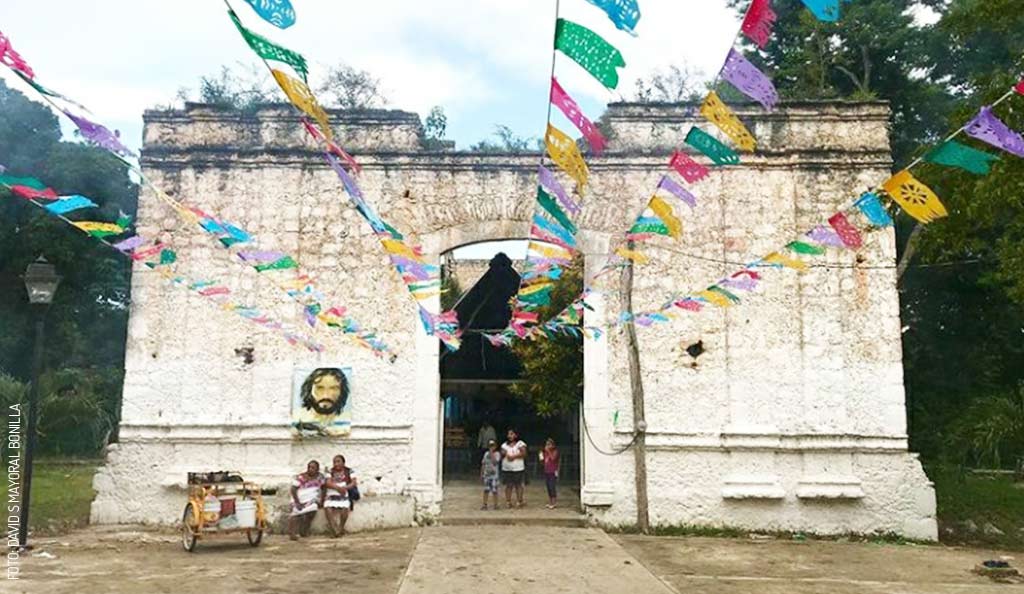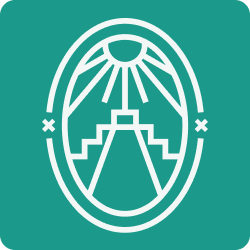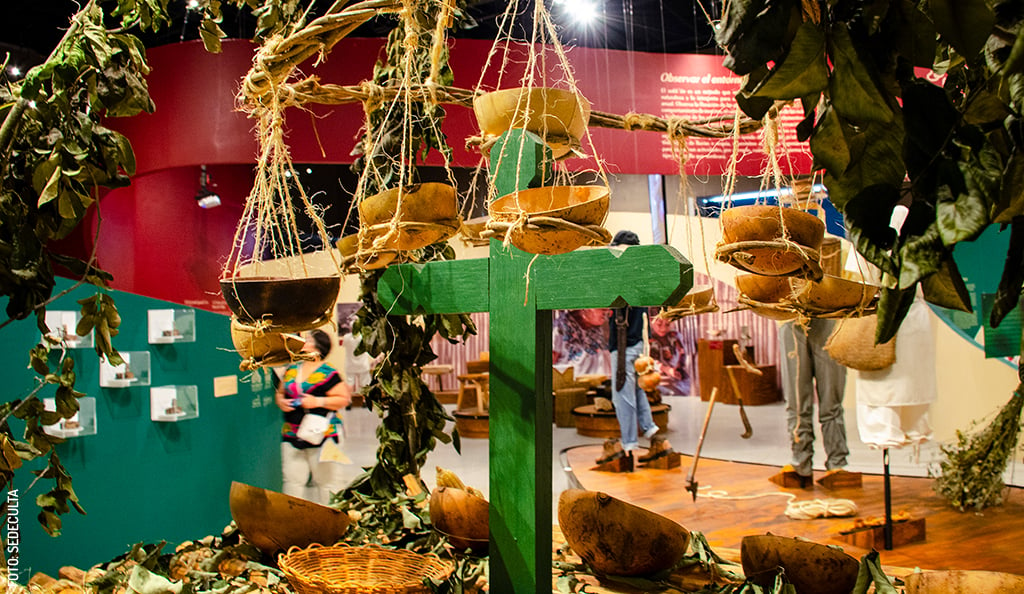
Objects Have Always Spoken to Us: The Talking Cross
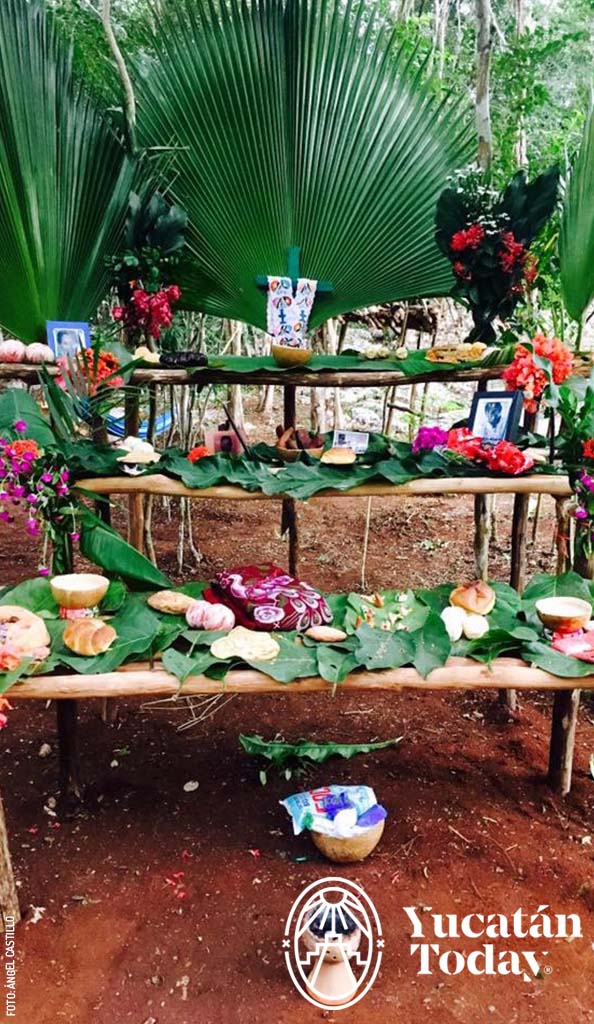 Talking objects are not a novelty, despite what Pixar producers would like us to think. However, the notion that an object could have self-awareness and communicate it to the world has always been fascinating.
Talking objects are not a novelty, despite what Pixar producers would like us to think. However, the notion that an object could have self-awareness and communicate it to the world has always been fascinating.
Today we’ll introduce you to the Talking Cross, a mystical object that served as a banner for the Maya population during the Yucatán Caste War. Although it was its predecessor, it should not be confused with the green cross, the one you can see on altars for Janal Pixan (the Maya day of the dead celebration) if you stroll through Yucatecan streets during the months of October and November.
For the Maya, the cross represents the "Ya'axche" or Ceiba, a sacred tree that, in their worldview, symbolizes the union of heaven, the earthly plane, and the underworld. At the same time, this cross also represents the influence of traditional Christianity—yes, referencing the crucifixion of Christ.
This Maya syncretism (the combination of different beliefs) began in the 16th century when the religious beliefs of the indigenous inhabitants were replaced by those of the colonizers upon their arrival in America…or so it was thought. It wasn't until the 19th century that the clergy and intellectuals were sure that the indigenous people had kept their "pagan" universe alive behind their backs, or rather, right in front of their noses.
This fact takes us back to the infamous Caste War, which began in 1847. Just as the Conquistadors had, the white population of Yucatán considered themselves protected and legitimized by God; why wouldn't the Maya believers do the same?
It is said that around 1850, José María Barrera, leader of a group of "rebel Indians," found a cross engraved on the bark of a mahogany tree next to a sacred cenote. From it, he claimed to have received a message from God supporting their fight and promising victory against the white population. This is how the Talking Cross became the symbol that allowed the Maya population to get a religious justification of their own, and to finally free themselves from the tyranny of thought to which they had been subjected for centuries.
After the appearance of this Talking Cross, word of the miracle spread from mouth to mouth at lightning speed, to the point that people from all over the region visited Chan Santa Cruz—the place where this first Talking Cross was found—to see it, worship it, and show their affection with offerings and gestures. 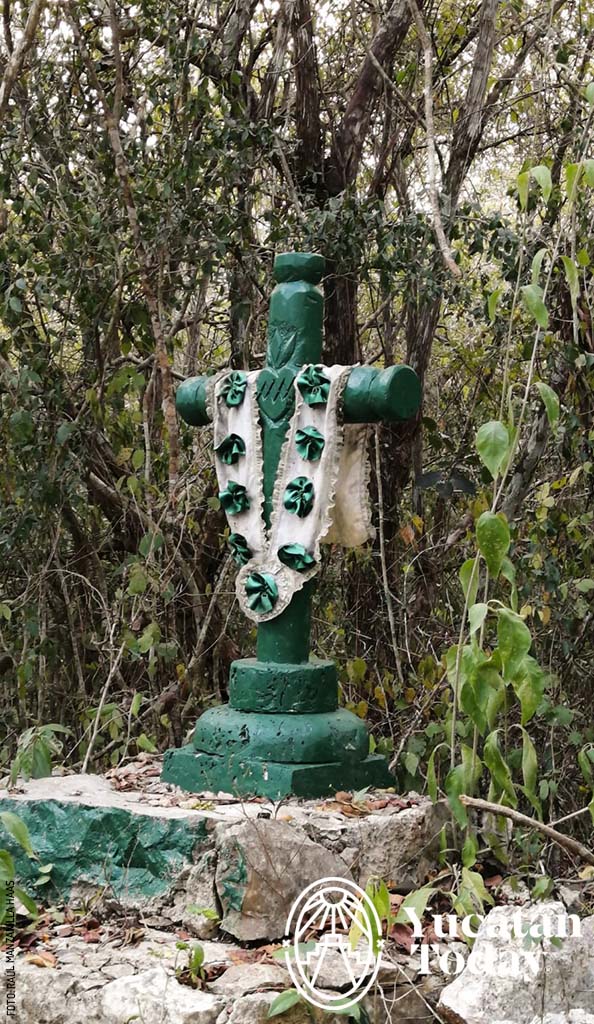
The cross became a deity in itself; various crosses in different towns of the Peninsula “spoke” through a designated Patrón , who interpreted their messages and mysteriously revealed what needed to be done for the Maya cause. With this divine support, the Cruzo'ob — the name given to the group of insurgent Maya during the Caste War—were unified and spurred by the belief that they were the chosen people. They carried out numerous guerrilla attacks against the Criollo (white) population and the entire Yucatecan elite, whom they came close to completely eliminating. In fact, even though the Caste War waned, rather than ending, its official extinction is considered to be the taking of the town of Chan Santa Cruz, now Felipe Carrillo Puerto (in the neighboring state of Quintana Roo), in 1901.
Today, more than 170 years after the appearance of the Talking Cross, the belief in the Holy Cross (whose largest shrine is located in Xocén) incorporates some elements of its predecessor as the enduring symbol that maintains part of Maya beliefs.
Part of the conflict around the Talking Cross was that, while the Maya considered it a symbol of their own Christianity, the white settlers regarded it as a pagan idol and a display of childish fanaticism. This was reiterated as recently as 1990 when a "walking" cross was discovered in Chacsinkin, a sparsely inhabited village in southern Yucatán. Just as in the past, the miracle quickly became known among the local population and its surroundings. However, when the inhabitants looked to the clergy to verify the event, the latter expressed reservations, emphasizing that neither the cross nor the saints are capable of performing miracles.
As you can see, objects that speak are not child's play. They can signify much more, mobilize masses, and change realities to the extent that humans have turned to this miracle for millennia to attempt to explain part of the meaning of life. There’s good reason for it to be this way. Perhaps it's a good idea to question the harshness of rational thinking and start tuning our ears. It may well be that objects are indeed speaking to us.
Photography by Sedeculta, Ángel Castillo, and Raúl Manzanilla Haas for its use in Yucatán Today.
Sources:
Campos García, Melchor. 1996. «El ”culto Del error”: La Cruz Parlante En El Pensamiento Yucateco». Estudios De Historia Moderna Y Contemporánea De México 17 (17). https://moderna.historicas.unam.mx/index.php/ehm/article/view/3001In love with Yucatan? Get the best of Yucatan Today in your email.
Don't miss our best articles and the monthly digital edition before anyone else.
Related articles
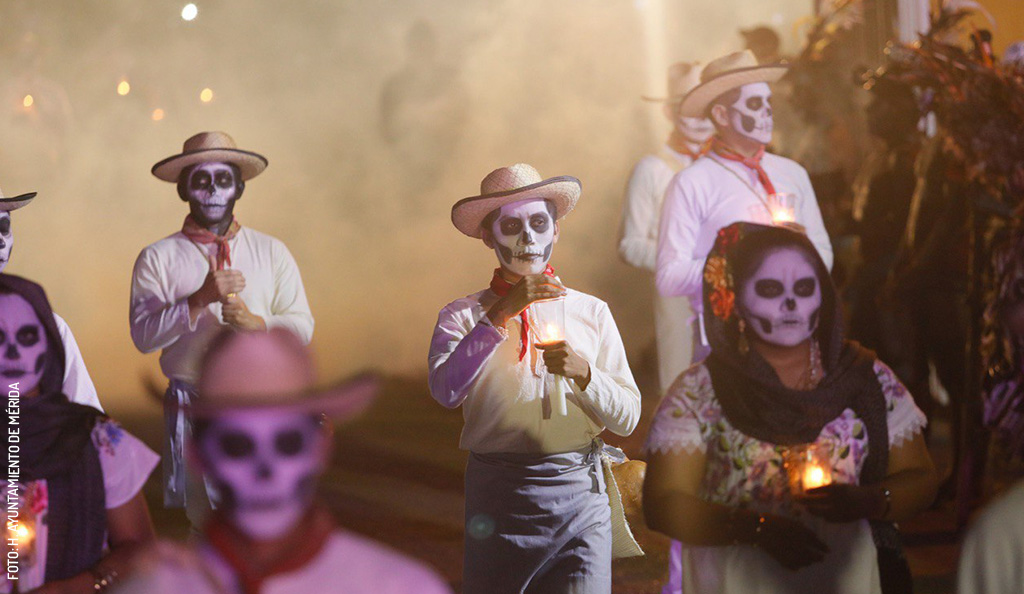
Janal Pixan in Yucatán
Enter the magic of Janal Pixan in Yucatan, learn about the rituals, altars and delicious foods of this celebration.
Who are the Maya? Maya Trees
For the Maya, trees were essential to life; they held a deep respect for them, attributing various qualities. Learn more here.